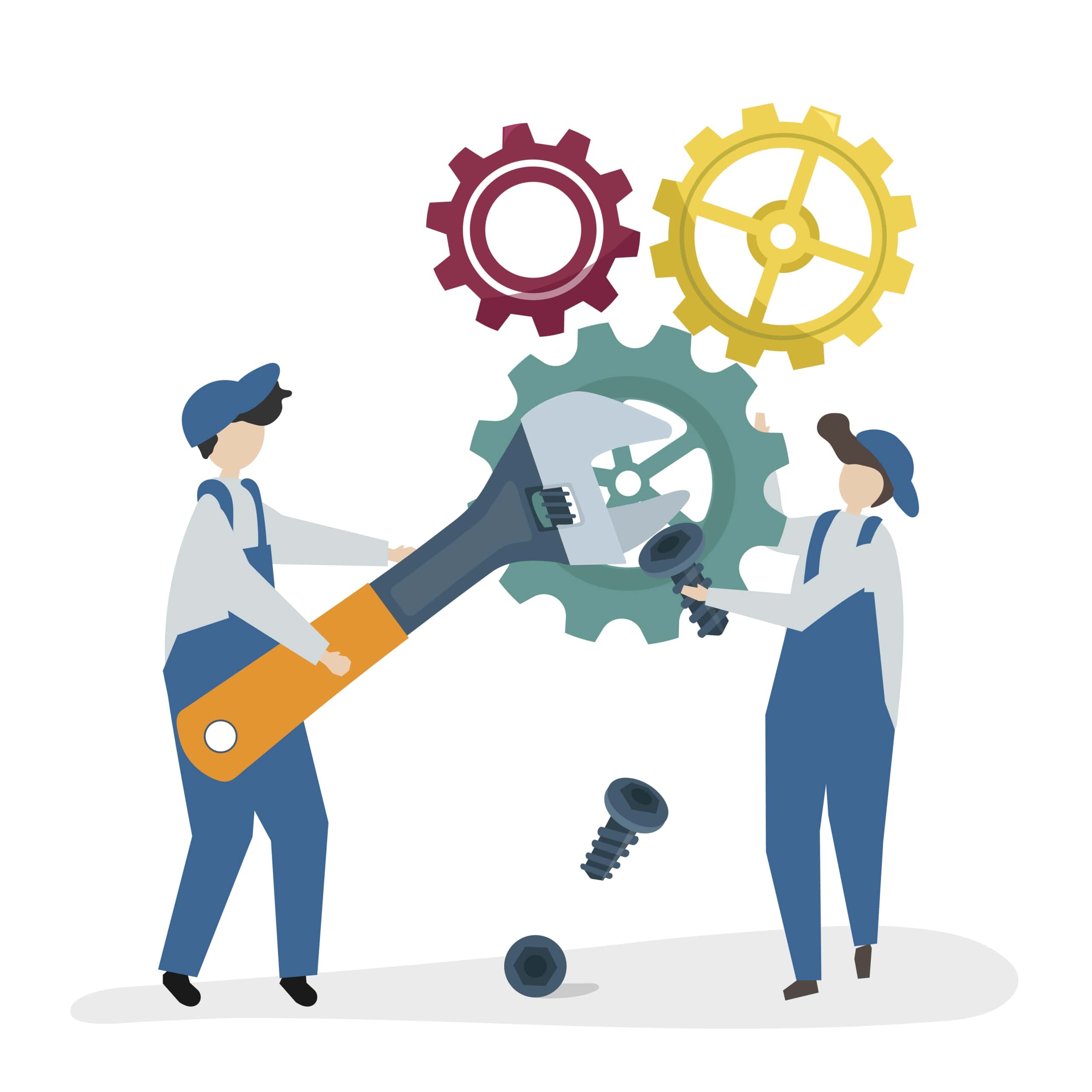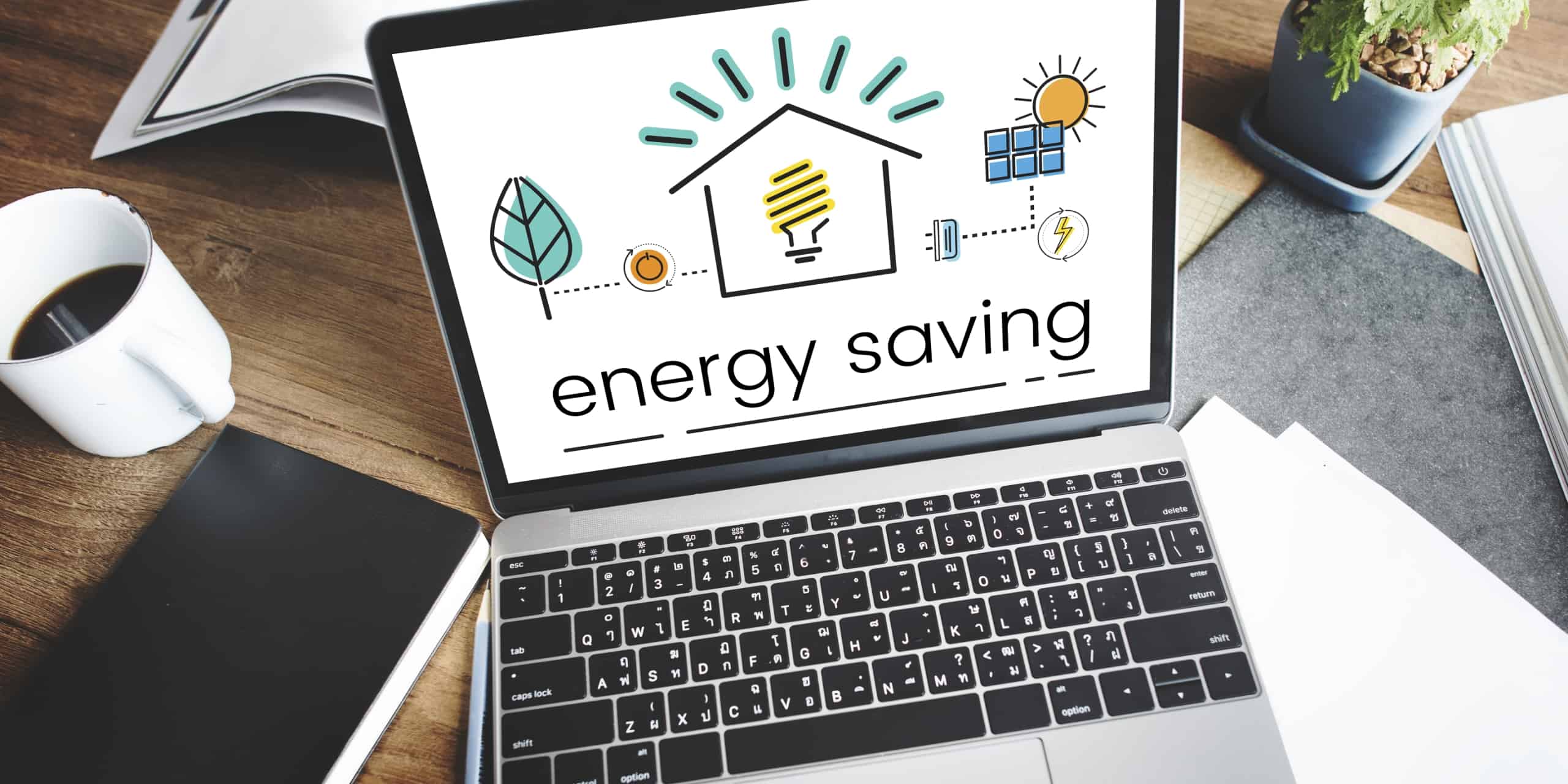1. Initial Investment: Choosing the Right Technology
The first step in purchasing a wet wipes machine is choosing the appropriate technology, which has a big impact on the initial cost. One of the main factors is the degree of automation. More expensive are machines with more sophisticated automation, including IoT-enabled systems for real-time monitoring or robotic arms for accurate material handling. But over time, these technologies can significantly cut down on labor needs and operational inefficiencies, providing significant long-term savings. Your production size, workforce availability, and company objectives will all influence the extent of automation you choose.
Initial expenses are also influenced by customization options. Contemporary wet wiper machines may be customized to satisfy certain manufacturing requirements, such as multi-layered wipes, distinct folding patterns, or product sizes. Customization frequently entails higher design and engineering expenses, even while it enables wet wipes manufacturers to serve specialized markets and maintain their competitiveness. This initial investment in customized technology can result in increased market distinctiveness and profitability for companies aiming to reach niche markets like industrial wipes or newborn care.
Costs are also heavily influenced by capacity and throughput. Generally speaking, high-capacity machines that can generate a lot of wet wipes per minute are more costly. Nonetheless, they are necessary for wet wipes manufacturers who want to cater to markets with strong demand or have several product lines. High-capacity machines may appear expensive at first, but by increasing productivity and reducing downtime, they may soon pay for themselves. To get the most out of your investment, you must balance the size of your activities with the machine’s capacity.
2. Maintenance and Upkeep: Beyond the Sticker Price
A wet wipes machine’s initial purchase price is only the start of your investment. Upkeep and maintenance are important elements that can have a big influence on the overall cost of ownership. Frequent upkeep guarantees that the system runs well, reducing downtime and increasing its longevity. Ignoring this element might result in expensive repairs, unplanned malfunctions, and manufacturing delays that interfere with your company’s operations. To keep the equipment operating properly, budget for regular maintenance such as cleaning, lubrication, and inspections.
The cost and availability of replacement components are two of the most important factors in maintenance. It could be necessary to purchase parts for machines with proprietary components only from the wet wipes manufacturer, sometimes at a higher cost. Conversely, equipment built with easily accessible parts guarantees quicker maintenance and lowers expenses. It’s crucial to know the long-term expenses of replacing components and if the wet wipes manufacturer has a strong spare supply chain before making a purchase.
Plans for preventive maintenance are an excellent way to save money on costly repairs. Frequent planned maintenance helps identify any problems early on and fix them before they become serious ones. In addition to reducing repair expenses, this proactive strategy avoids production downtime, which can be far more costly than maintenance itself. To further improve cost effectiveness, some wet wipes manufacturers even provide training programs or maintenance contracts for internal employees.
Wear and tear should also be taken into account. More mechanical stress is placed on machines that operate at high speeds or are made to handle specialized materials, such as biodegradable textiles. This may eventually result in more wear on parts including folding mechanisms, rollers, and blades. Planning and successfully managing maintenance costs is facilitated by having a thorough grasp of the anticipated wear and replacement schedule for essential components.
It’s important to account for the knowledge needed to maintain the equipment in addition to these obvious expenses. For maintenance and troubleshooting, advanced equipment with cutting-edge technology can need specific skills. Reducing unforeseen costs and streamlining maintenance procedures can be achieved by collaborating with a wet wipes manufacturer that provides committed assistance or by investing in training for your technical staff.
3. Energy Consumption: Hidden Operating Expenses
When considering the total cost of owning a wet wipes machine, energy consumption is a significant but often disregarded factor. The ongoing cost of electricity to operate the machine can silently accumulate, affecting your operational budget, even though the upfront purchase price and maintenance costs are more visible. It is imperative to comprehend the impact of energy consumption on your financial performance to optimize profitability and manage expenses.
The energy efficacy of the machine is a critical factor to consider. Modern wet wipes machines are becoming more energy-efficient by incorporating high-efficiency motors and optimized workflows that reduce power consumption during operation. Although machines with energy-efficient certifications or ratings may have a slightly higher initial cost, they can generate substantial savings over time by reducing electricity bills. These savings can be a game-changer for businesses that operate devices for extended periods or in high-output scenarios.
Another critical factor to assess is idle energy consumption. Even when they are not actively manufacturing wet wipes, certain devices continue to consume substantial amounts of electricity. Advanced models are designed to reduce power consumption during periods of inactivity by incorporating energy-saving settings or automatic standby modes. This is particularly advantageous for wet wipes manufacturers with fluctuating production schedules, as it mitigates superfluous energy consumption.
Energy consumption is also influenced by the machine’s capacity and dimensions. The cost per unit is balanced by the fact that larger machines with high throughput typically require more electricity, but they also produce more units per cycle. It is crucial to evaluate whether the energy costs associated with larger machines are justified by your production requirements or if a smaller, more energy-efficient model would be sufficient. An energy-use-versus-output cost-benefit analysis can assist in determining the most cost-effective alternative.
Furthermore, the integration of smart energy management systems can offer businesses real-time insights into power usage, thereby enabling them to optimize operations. These systems enable wet wipes manufacturers to monitor energy consumption patterns, identify inefficiencies, and make data-driven decisions to reduce costs. For example, substantial cost savings may result from adjusting machine parameters to reduce power consumption during specific processes or shifting production to off-peak hours with less expensive electricity rates.
Ultimately, energy consumption is a critical operating expense that directly impacts profitability, even though it may not be the first thing that wet wipes manufacturers consider when purchasing a wet wipes machine. Businesses can maintain high production efficiency while controlling hidden energy costs by prioritizing energy-efficient models, implementing smart management systems, and implementing sustainable practices.
4. Training and Labor: Enhancing Operational Efficiency
Purchasing a wet wipes machine involves more than just the actual equipment; it also involves the human resources required to run, maintain, and maximize the unit. Because they have a direct impact on productivity, operational efficiency, and the long-term return on your investment, personnel and training are essential parts of the total cost of ownership. Maximizing the machine’s potential may be greatly impacted by making sure your workforce is well-prepared.
Operator training is essential when adding a new wet wipes machine to your manufacturing line. To guarantee that your staff can effectively use machines with sophisticated features, including automated controls or IoT-enabled dashboards, further training may be necessary. This instruction may include the machine’s user interface, popular problem-solving techniques, and the ins and outs of switching between product lines. Although this first training raises your beginning expenses, it lowers the possibility of operational mistakes that might result in downtime or faulty goods. Machines with easy-to-use interfaces may reduce the amount of training needed. The learning curve for operators may be shortened by equipment that is built with clear instructions, visual aids, or guided software. To cut down on training time and related expenses, it’s critical to choose a system that strikes a balance between sophisticated capabilities and usability.
The production of wet wipes has been transformed by automation, which lessens the need for human labor for tedious or repeated activities. Even while highly automated machinery may cost more, there are frequently long-term labor benefits since fewer people are needed to manage output. This is especially helpful in areas where it might be difficult to locate competent staff or when labor expenses are high. Businesses may concentrate their workforce on value-added activities like quality control and product creation by automating repetitive operations like folding, cutting, and packing.
Even with automation, wet wipes machine maintenance, and monitoring need qualified experts. In-depth technical expertise is often needed for calibration, troubleshooting, and preventative maintenance of advanced equipment. Your maintenance staff can keep current on the newest technology and best practices by participating in frequent training sessions, which lowers the possibility of expensive mistakes or downtime. Comprehensive training programs are provided by some wet wipes manufacturers as part of the machine purchase package. Access to online resources, comprehensive manuals, and practical sessions are often included in these programs. By using these tools, you may enable your team to do small repairs and normal maintenance internally, lowering your dependency on outside service providers and saving money.
Businesses are able to reallocate manpower to other crucial sections of the manufacturing process thanks to highly efficient devices with automated capabilities. For instance, they may concentrate on activities like quality control, inventory control, or market research rather than assigning many workers to physical labor. In addition to increasing overall productivity, this flexibility enables companies to promptly adjust to shifting market demands or manufacturing requirements.
Even while personnel and training expenses can seem like extra money upfront, they are essential for long-term operational effectiveness. Employees with proper training are less likely to make expensive errors, and their knowledge may result in increased output and better use of machines. Additionally, giving your staff the know-how to run and maintain the machinery encourages a feeling of accountability and ownership, which may boost morale and retention rates. You can create a highly competent, effective workforce that optimizes the capabilities of your wet wipes machine and ensures long-term development and profitability by realizing the value of manpower and training and including these expenses in your strategy.
5. Customization for Market Needs
When investing in a wet wipes machine, it is crucial to consider customization, particularly for businesses that wish to differentiate their products or appeal to specific markets. Customized solutions enable wet wipes manufacturers to satisfy the distinctive requirements of a wide range of consumer segments, including industrial and medical applications, personal hygiene, and baby care, even though standard machines may be sufficient for mass production. Nevertheless, the advantages of customization frequently necessitate the consideration of supplementary expenses about the potential market advantages.
The diversity of products is a primary source of customization requirements. Wet wipes are available in a variety of sizes, materials, and formulations, each necessitating a unique machine configuration. For instance, the utilization of specialized material handling systems and modifications to the cutting and folding mechanisms may be necessary when manufacturing biodegradable wipes or those with lotion-infused properties. Wet wipes manufacturers can gain a competitive advantage by investing in a machine that supports such versatility, which allows them to access niche markets that prioritize sustainability or unique product features.
Customization is also essential for satisfying regulatory requirements and regional preferences. Unique packaging formats, ingredient disclosures, or product certifications may be required in various markets. Packaging capabilities that are customized to regional standards, such as eco-friendly pouches or resealable lids, are integrated into machines that allow businesses to adhere to regulations and appeal to local consumer preferences. This adaptability not only guarantees market entry but also fosters brand trust and loyalty.
Production scalability is another critical component of customization. Businesses frequently undergo modifications in their production requirements as they expand. A wet wipes machine that is customizable can adapt to changes such as increased throughput, new folding styles, or additional packaging options without necessitating a complete overhaul. For instance, a modular machine design enables wet wipesmanufacturers to expand or upgrade components to accommodate new requirements, thereby ensuring long-term scalability at a reasonable cost.
Another substantial benefit of customization is the capacity to develop distinctive product features. Examples of innovations that can distinguish a product in a competitive market include multi-layered wiping, enhanced texture, or specialized embossing patterns. Wet wipes machines that are equipped with customizable tooling options facilitate the experimentation and implementation of such features, thereby enabling wet wipes manufacturers to remain at the forefront of trends and preserve their relevance in dynamic markets.
Customization is not without its obstacles, despite the benefits. The initial cost of customizing a machine to meet specific requirements is frequently greater than that of purchasing a standard model. Furthermore, customized machines may necessitate extended lead times for manufacturing and delivery, as well as additional operative training to accommodate their distinctive features. To ascertain whether customization is consistent with their business objectives and market strategies, wet wipes manufacturers must evaluate the return on investment (ROI) and take these factors into account.
Customization is not merely an augmented feature; it is a strategic investment that enables wet wipes manufacturers to effectively scale their operations, comply with local regulations, and address specific consumer demands. Customized wet wipes machines can be utilized by businesses to establish a market niche, establish a brand identity, and achieve sustainable growth by conducting a thorough assessment of the costs and benefits.
6. Compliance and Certification Costs
Particularly for wet wipes manufacturers seeking to access regulated markets, compliance, and certification costs are essential components of the ownership and operation of a wet wipes machine. Not only is it a legal obligation to ensure that your machine and production processes adhere to industry standards, but it is also a critical factor in establishing trust with consumers and partners. These expenses may appear to be incidental to operational or equipment costs; however, they can have a substantial effect on your overall investment.
Adherence to hygiene and safety standards is one of the primary compliance requirements. Wet wipes, particularly those intended for sensitive applications such as personal hygiene, infant care, or medical applications, must be manufactured in controlled environments. This frequently necessitates the use of devices that are equipped with antimicrobial coatings, HEPA filtration systems, or stainless steel construction to prevent contamination. Although these design specifications are necessary for adhering to regulatory requirements, they typically increase the machine’s initial cost.
Certifications are an additional critical factor. In numerous markets, products must meet specific certifications to be sold, including ISO standards, CE markings for apparatus, and FDA approval for wet wipes in the medical or hygiene categories. Additional features, such as precise dispensing systems for active ingredients, advanced sealing mechanisms to ensure hermetic packaging, or the capacity to manage biodegradable materials, may be necessary for machines to produce tissues that meet these requirements. The cost of obtaining these certifications, which are necessary for accessing premium markets, can be substantial for both the machine and the finished products.
The wet wipes industry is also experiencing an increase in the influence of environmental regulations. As consumer demand for sustainable products increases, governments worldwide are enacting more stringent regulations regarding waste management, recyclable packaging, and biodegradable materials. The advanced technology and specialized components necessary to operate machines that are intended to handle eco-friendly materials or reduce production waste frequently result in higher prices. In order to demonstrate compliance with these environmental standards, businesses must invest in audits, testing, and documentation.
The cost structure may be further complicated by regional variations in compliance requirements. Labeling, packaging, and ingredient safety regulations may vary across various countries or markets. For example, wipes that are intended for the European Union must comply with REACH regulations, whereas those that are sold in the United States may need to adhere to FDA or EPA guidelines. Wet wipes manufacturers may be able to accommodate these regional demands by utilizing machines that have customizable packaging systems and flexible production capabilities; however, these machines may also result in increased initial and operational costs.
Compliance maintenance is a continuous endeavor that surpasses the initial configuration. To preserve certifications, it is frequently necessary to conduct routine audits, conduct product testing, and update documentation. To remain informed about evolving regulations, wet wipes manufacturers may need to invest in training for their employees or collaborate with third-party organizations to manage compliance. Although these recurring expenses are less costly than the initial certification costs, they can accumulate over time and should be accounted for in the total cost of ownership.
For wet wipes manufacturers who aspire to compete in regulated and premium markets, compliance and certifications are an absolute necessity, despite the obstacles they face. In addition to avoiding legal penalties and market access issues, businesses can also improve their reputation as responsible and reliable producers by investing in machines that meet or exceed industry standards. Long-term market success and customer trust necessitate an investment in compliance’s upfront and ongoing expenses.
7. Long-Term ROI: Weighing the Costs and Benefits
The long-term return on investment (ROI) is the true value of a wet wipes machine, despite the substantial financial commitment required to acquire one. Although the initial expenditure, such as the purchase of apparatus and the establishment of the production line, is more apparent, the long-term savings and benefits can significantly exceed it. It is essential to comprehend the process of calculating and optimizing return on investment (ROI) to make well-informed decisions and achieve sustainable profitability.
The machine’s production efficacy is a critical factor in determining ROI. High-quality wet wipes machines are engineered to optimize output while simultaneously reducing waste and interruption. For instance, the machine operates at optimal efficiency with minimal interruptions due to sophisticated automation features, including predictive maintenance and real-time monitoring. As a result of this consistent efficiency, businesses can generate higher revenues over time by increasing the volume of market-ready products and reducing operational costs. In the form of increased productivity, investing in a machine with robust and reliable performance yields dividends.
The machine’s adaptability and versatility are additional significant factors that contribute to its return on investment. A wet wipes machine that is capable of processing a wide range of product lines, including industrial-grade wet wipes and infant wipes, enables wet wipes manufacturers to serve a more extensive market. This adaptability allows businesses to promptly address evolving consumer demands or market trends without the necessity for supplementary equipment. The capacity to pivot production guarantees long-term profitability, regardless of whether the objective is to manufacture biodegradable tissues to appeal to environmentally conscious consumers or to create niche products for specialized industries.
ROI is also significantly influenced by durability and longevity. A machine that is well-constructed and contains high-quality components may have a higher initial cost, but it is less likely to necessitate frequent repairs or replacements. This dependability guarantees uninterrupted production and minimizes maintenance expenses. Furthermore, the resale value of machines from reputable wet wipes manufacturers is frequently retained, which can serve as an additional financial buffer if you decide to enhance or modify your production strategy in the future.
The decrease in labor costs over time is an additional factor to be considered. Automated devices necessitate fewer operators, which results in substantial savings in compensation and benefits. Furthermore, automation mitigates the likelihood of human error, resulting in a decrease in the production of defective products and a decrease in waste. Automation is a beneficial investment for businesses that are seeking to enhance their ROI, as these operational efficiencies directly contribute to the bottom line.
Another critical aspect that contributes to long-term ROI is energy efficiency. Operational costs are reduced by machines that incorporate energy-saving technologies, which are also consistent with sustainability objectives. This can attract environmentally conscious consumers. Wet wipes manufacturers can enhance profitability by reducing energy consumption, which can result in significant savings over the machine’s duration.
In the calculation of ROI, the capacity to scale operations efficiently is a critical factor. Having a machine that supports increased production capacity without significant additional investments is invaluable for businesses seeking to expand their market share or enter new regions. Wet wipes manufacturers can ensure that their investment continues to generate returns as their business expands by scalably scaling up operations with machines that have modular designs or upgradeable components.
Although the initial investment in a wet wipes machine may be substantial, the true value of the purchase is revealed when the long-term benefits are considered. A well-selected machine is not merely an expense; it is a strategic asset that promotes profitability and growth, as well as reduced labor and energy costs and improved production efficiency and versatility. Wet wipes manufacturers can ensure that their investment yields sustainable success over the years by meticulously evaluating the costs and benefits to maximize ROI.








